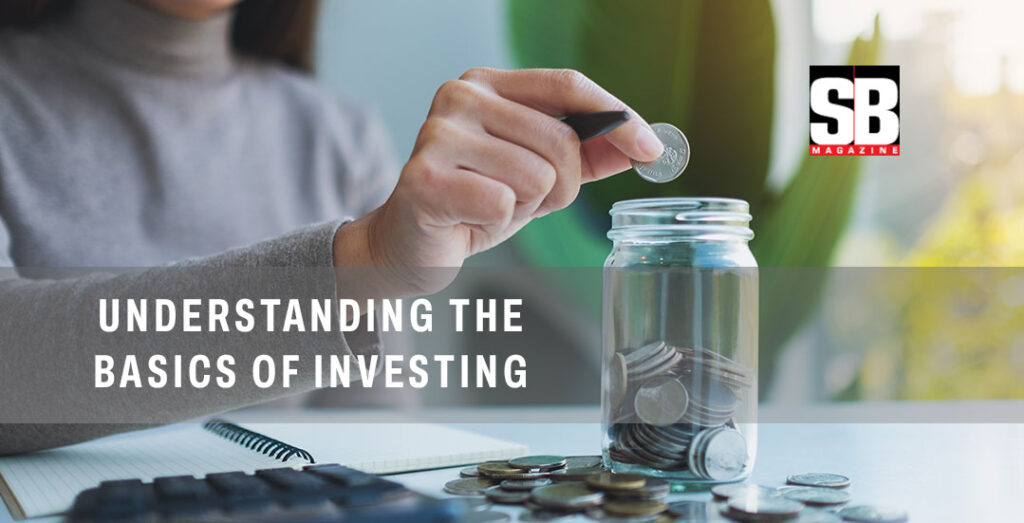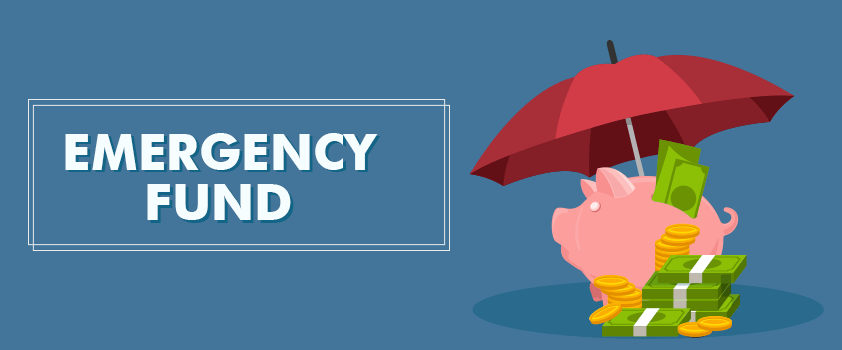Investing in a Budget: How to Start Building Your Portfolio with Little Money

Welcome to the world of investing, where even a small amount of money can grow into something substantial over time. In this comprehensive guide, we’ll explore how you can start building your investment portfolio with limited funds. Whether you’re a novice or a seasoned investor looking to diversify, these strategies will help you make the most of your budget.
Understanding Investment Basics

Before diving into the specifics of investing on a budget, it’s crucial to understand the fundamentals. Investing involves putting money into financial products with the expectation of earning a profit. Whether it’s stocks, bonds, mutual funds, or real estate, the goal is to generate returns over the long term.
Setting Financial Goals

The first step in investing on a budget is to define your financial goals. Whether you’re saving for retirement, a down payment on a house, or a child’s education, having clear objectives will help guide your investment strategy. Consider your time horizon, risk tolerance, and liquidity needs when setting these goals.
Determining Risk Tolerance

Understanding your risk tolerance is essential when investing on a budget. Risk tolerance refers to your ability and willingness to endure fluctuations in the value of your investments. Generally, younger investors with a longer time horizon can afford to take on more risk, while those nearing retirement may prefer a more conservative approach.
Building an Emergency Fund

Before diving into investments, it’s crucial to establish an emergency fund to cover unexpected expenses. Aim to set aside three to six months’ worth of living expenses in a liquid savings account. Having this safety net will provide peace of mind and prevent you from tapping into your investments prematurely.
Starting Small: Micro-Investing

One of the most accessible ways to start investing on a budget is through micro-investing platforms. These apps allow you to invest small amounts of money into a diversified portfolio of stocks or exchange-traded funds (ETFs). With features like automatic round-ups and fractional shares, you can gradually build your portfolio over time.
Exploring Commission-Free Trading

Many brokerage firms now offer commission-free trading, making it more cost-effective to invest in the stock market. By eliminating trading fees, you can maximize the value of your investments and avoid unnecessary expenses.
Diversifying Your Portfolio

Diversification is key to mitigating risk and maximizing returns, especially when investing in a budget. Spread your investments across different asset classes, industries, and geographic regions to reduce the impact of any single market downturn.
Utilizing Low-Cost Index Funds

Index funds are an excellent option for budget-conscious investors seeking broad market exposure. These funds track a specific market index, such as the S&P 500, and offer low fees compared to actively managed funds. By investing in index funds, you can achieve diversification at a minimal cost.
Investing in Yourself: Education and Research

One of the most valuable investments you can make is in your own knowledge and skills. Take the time to educate yourself about investing principles, market trends, and financial strategies. Resources such as books, online courses, and financial websites can provide valuable insights to help you make informed decisions.
Seeking Professional Advice

If you’re unsure where to start or need personalized guidance, consider seeking advice from a financial advisor. A qualified advisor can help you develop a tailored investment plan based on your goals, risk tolerance, and financial situation.
Investing in a budget doesn’t mean sacrificing quality or performance. By following these strategies and staying disciplined, you can begin building your investment portfolio with little money. Remember to start small, diversify your investments, and continuously educate yourself about the financial markets.
FAQs
You can start investing with as little as $100 or even less, thanks to micro-investing platforms and commission-free trading.
For beginners with limited funds, a diversified portfolio of low-cost index funds and ETFs is often recommended.
Yes, building wealth is achievable with consistent savings and smart investing, regardless of the initial amount invested.
Diversification, proper asset allocation, and staying informed about market trends can help mitigate risk.
For beginners, mutual funds and ETFs offer greater diversification and lower risk compared to individual stocks.
Avoiding overtrading, chasing hot stocks, and neglecting to rebalance your portfolio are essential for long-term success.
Conclusion
Investing in a budget is not only feasible but also essential for building long-term wealth. By starting small, diversifying your investments, and staying disciplined, you can achieve your financial goals even with limited funds. Remember to educate yourself, seek professional advice when needed, and stay focused on your objectives.


